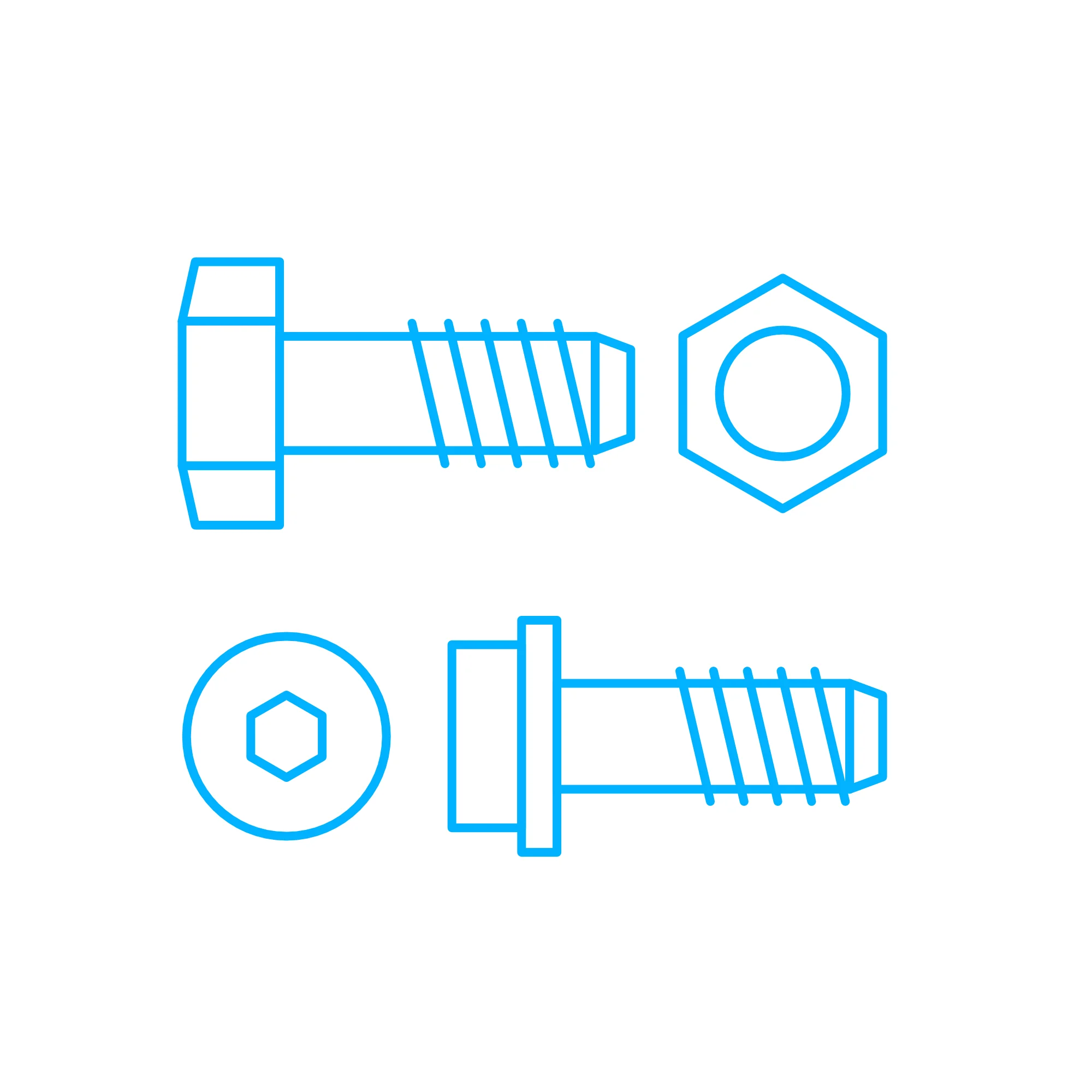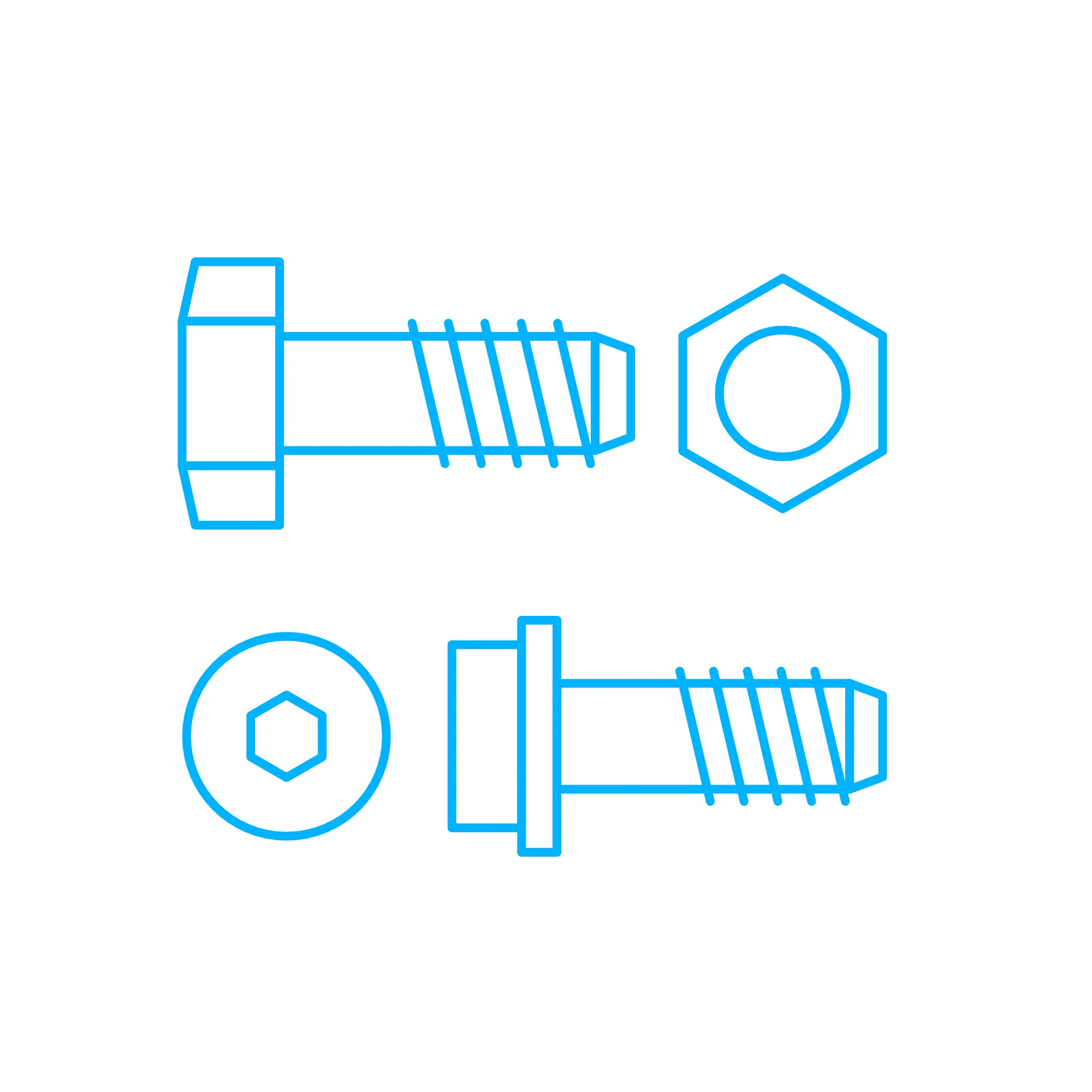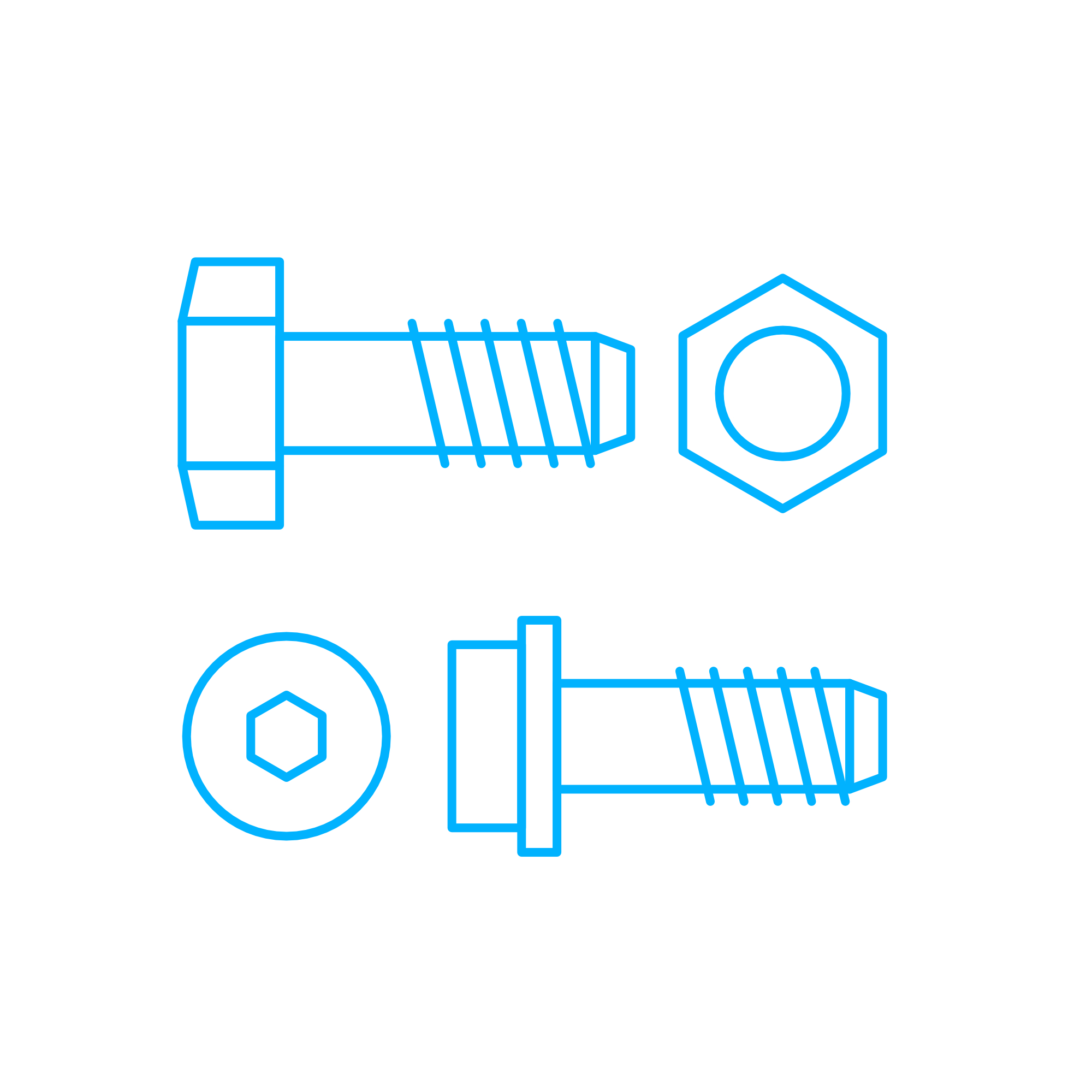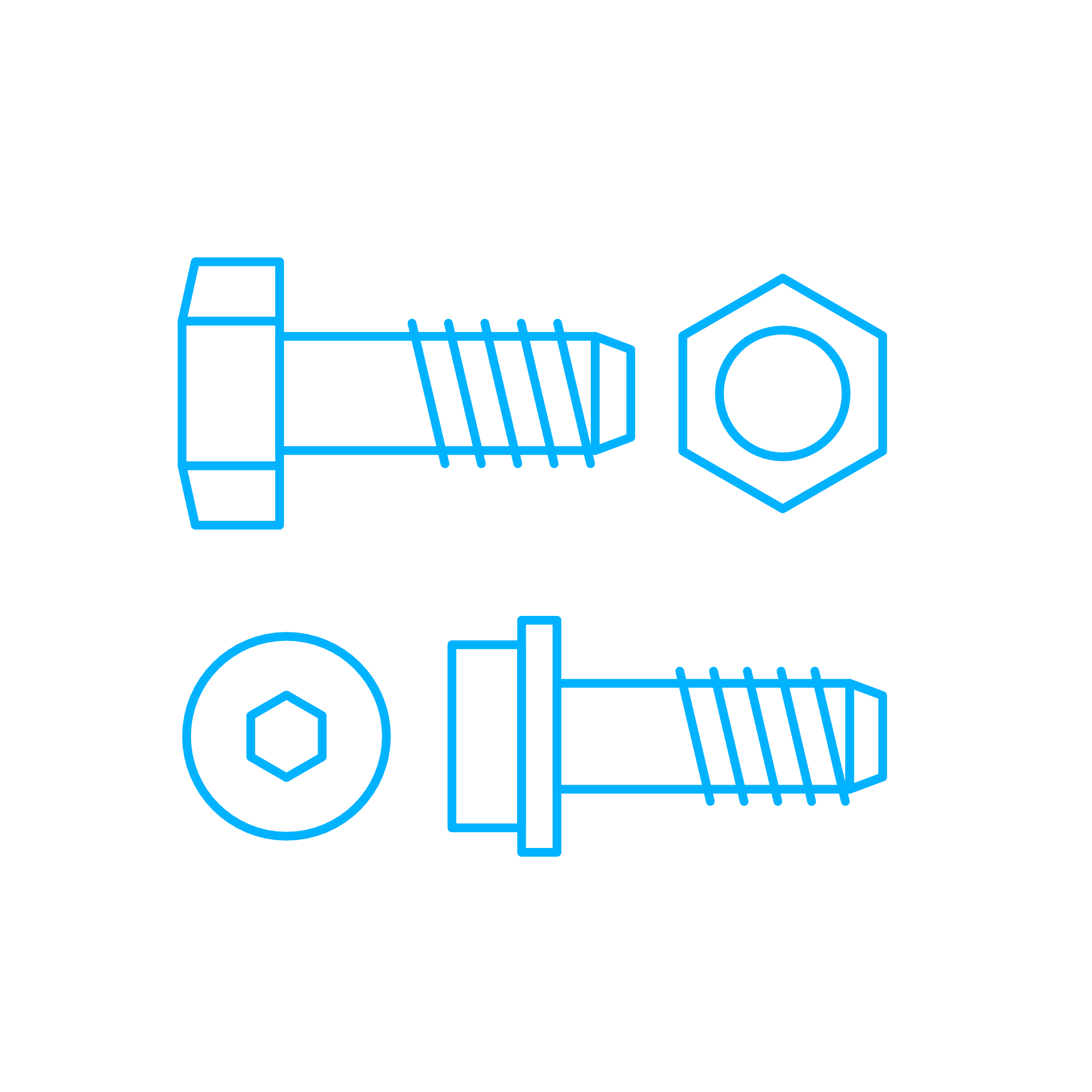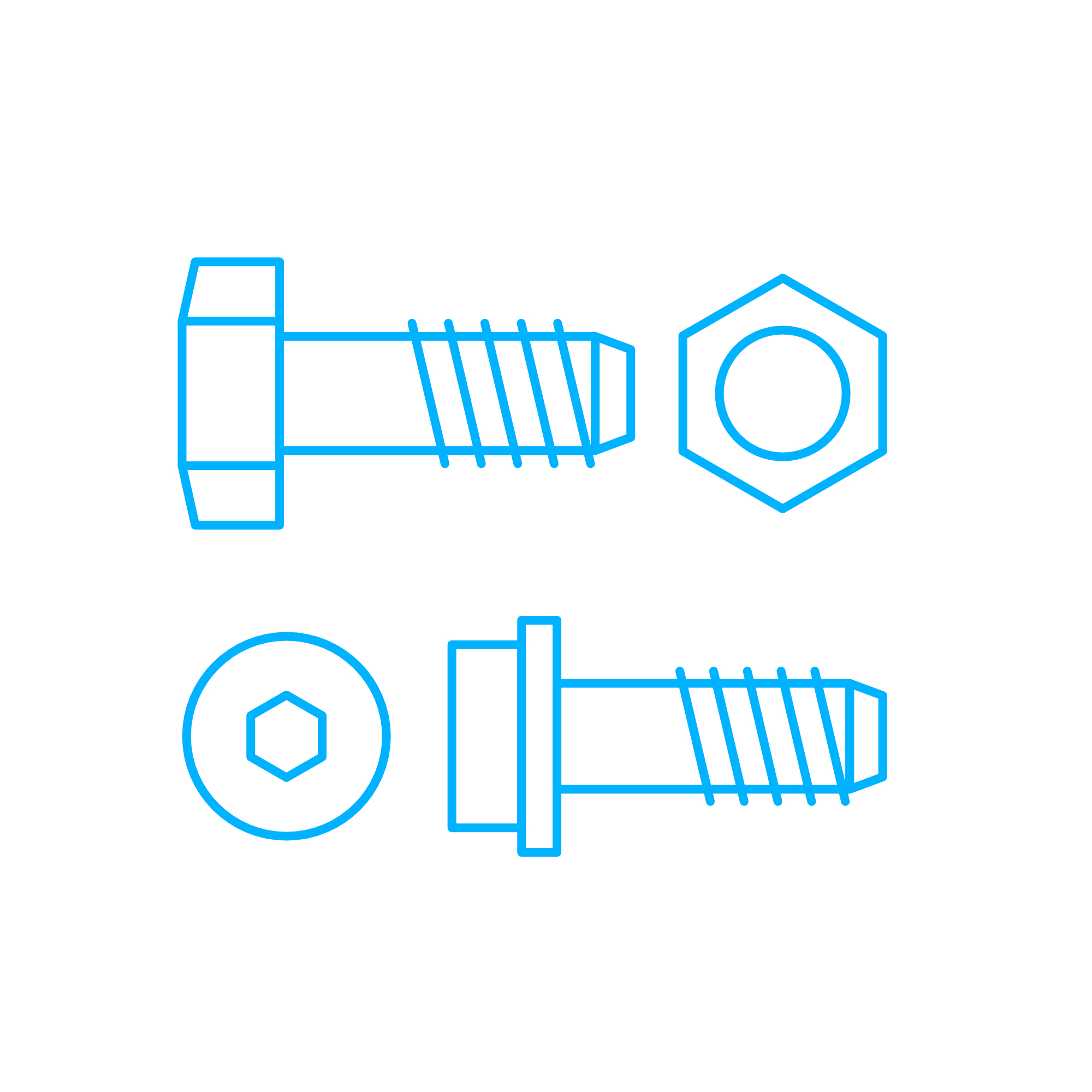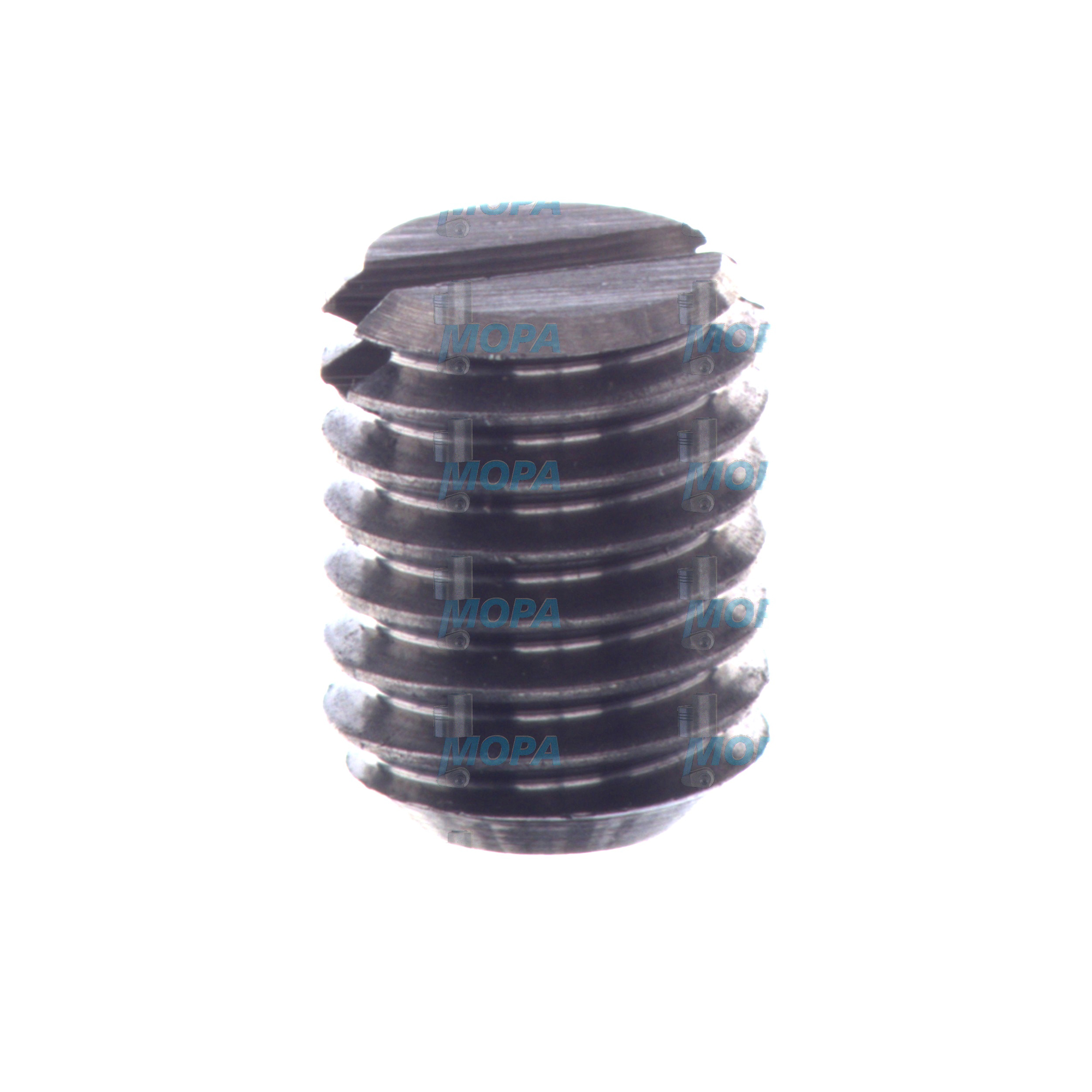SET SCREW and high-performance screws for engine assemblies
Screws are precision fasteners that clamp, locate, and secure components across the entire engine— from cylinder heads and covers to pumps, couplings, and control systems. In combustion engines, the correct screw for each joint governs how forces flow through the structure. A properly selected and installed screw converts tightening torque into reliable preload, preserving alignment, sealing interfaces, and resisting vibration. Within this category, the SET SCREW (also known as a grub screw) plays a dedicated role: it locks shafts, hubs, pulleys, and timing elements to prevent micro-movement and loss of synchronization. Because engines operate with high temperatures, cyclic loads, and corrosive media, the choice of screws—materials, property class, coatings, and thread form—directly affects performance, safety, and lifecycle cost.
SET SCREW and screws: technical function in marine engine and diesel engine assemblies
In an engine, screws create controlled clamping forces that hold joints together under dynamic load. Socket head cap screws and hex cap screws deliver high preload to maintain gasket compression and structural stability, while the SET SCREW is typically used to locate components on shafts, such as timing wheels, accessory pulleys, sensor rings, actuation levers, or flexible couplings. In a diesel engine, a correctly specified SET SCREW prevents phase drift between rotating elements; in a marine engine, it stops fretting at shaft-hub interfaces that would otherwise lead to wear, vibration, and premature failure. When specified as SET SCREW OEM parts, these fasteners align with the geometry and hardness of mating components, ensuring secure seating without shaft damage.
Technically, performance depends on multiple parameters: thread form (e.g., ISO metric coarse/fine, UNC/UNF), property class (commonly 8.8, 10.9, 12.9 per ISO 898-1 for alloy steel screws), surface condition (phosphate, black oxide, zinc flake), and point style for set screws (cup point, flat point, cone point, dog point). Point geometry controls how the SET SCREW engages the shaft: cup points bite lightly with minimal marking; cone points penetrate for high holding power; flat points distribute load on keyed flats; dog points index into a machined hole for repeatable positioning. Correct pairing avoids over-concentrated stresses and mitigates loosening under torsional reversals.
Installation practice is equally critical. Torque or torque-plus-angle tightening, use of specified lubricants, and validated thread-locking methods (prevailing-torque features or anaerobic adhesive where approved) ensure that the designed preload is achieved and retained. For high-temperature zones, material selection (e.g., tempered alloy steel or stainless grades like A2/A4 for corrosion) prevents relaxation and corrosion that erode clamping force. In many marine applications, additional protection against galvanic attack and hydrogen embrittlement (e.g., through zinc flake rather than electroplated zinc on high-strength classes) safeguards fatigue life.
- · High tensile strength classes (8.8, 10.9, 12.9) for reliable preload.
- · SET SCREW point styles matched to the shaft/hub design.
- · ISO/DIN-compliant threads for consistent fit and torque-tension behavior.
- · Coatings tailored to temperature and corrosion exposure.
- · Controlled friction conditions for repeatable tightening results.
- · Traceable materials and heat treatment for predictable fatigue life.
- · Compatibility with marine engine and diesel engine service environments.
SET SCREW roles in safety, efficiency, and smooth operation
The SET SCREW prevents rotational creep and axial migration in shaft-mounted components. In timing drives, this preserves synchronization of cam, crank, and auxiliary systems, directly affecting combustion efficiency and emissions. In accessory drives, it stabilizes belt tracking and bearing loads, improving efficiency and reducing noise. In safety-related controls—throttle, governor, position sensors—secure locking eliminates the risk of drift that could cause overspeed or shutdown events. Because these functions are small in size but high in consequence, using the correct SET SCREW for a marine engine or diesel engine is essential.
Importance of screws for reliable engine operation and service life
Fatigue and loosening are the enemy of engine joints. If screws are worn, incorrectly hardened, corroded, or dimensionally out of tolerance, several failure modes can occur: gasket leaks leading to oil or coolant loss; fretting and pitting at interfaces that escalate vibration; elongation or shear of fasteners under cyclic load; and shaft damage from inappropriate set screw points. A loose SET SCREW can allow a hub to creep, throwing a rotating assembly out of balance and overloading bearings. Conversely, an over-hard or mismatched set screw can gouge a shaft, creating stress risers and crack initiation sites. Over the long term, these issues drive unplanned downtime and expensive repairs.
Maintaining screws in proper condition—clean threads, intact coatings, correct property class, and the specified tightening method—extends service intervals and protects surrounding components. In the harsh marine environment, corrosion-resistant materials and verified coatings are critical to avoid loss of preload and thread seizure during maintenance. For high-output diesel engines, adherence to torque-tension targets preserves joint integrity under peak cylinder pressures and torsional vibration.
OEM spare parts suitable for Screws and SET SCREW: performance, reliability, budget, and service life
Choosing OEM spare parts suitable for screws provides consistency in dimensions, materials, and heat treatment so every joint achieves its designed preload. That translates into stable performance and fewer retightening cycles. For SET SCREW OEM parts, matched point geometry and hardness protect shafts and hubs while delivering the required holding torque. Tight tolerance on thread pitch diameter and surface finish yields predictable friction coefficients and torque-tension outcomes, reducing the risk of under- or over-tightening.
From a budget perspective, precision fasteners lower total cost of ownership. They minimize leakage, misalignment, and bearing wear, and they shorten maintenance time because threads run smoothly and torque values correlate with clamp load. In corrosive or hot zones, specified coatings and alloys maintain clamping force longer, extending service life for both the screw and the jointed components. Documentation and traceability reduce procurement risk and help meet class and compliance requirements common in marine operations.
MOPA: fast, secure supply of OEM parts for Screws and SET SCREW
MOPA is an experienced, reliable partner for OEM spare parts suitable for screws across diesel and gas engines. We combine technical know-how with rapid sourcing to keep fleets running: cross-referencing engine lists and part numbers, supplying property-class-correct cap screws and SET SCREW items, and providing material and coating options suited to marine environments. Our processes emphasize speed, quality, and security—from vetted manufacturers and traceable batches to careful packaging that protects threads and coatings in transit.
Whether you need a single SET SCREW for a marine engine shaft-hub connection or a full kit of critical screws for a diesel engine overhaul, MOPA streamlines procurement and reduces downtime. Our team supports torque recommendations, point-style selection, and corrosion protection choices so you can install with confidence and return the asset to service quickly.
Conclusion: SET SCREW and screws that safeguard engine performance
Screws—especially the precisely matched SET SCREW—are small components with outsized impact on engine safety, efficiency, and reliability. Selecting OEM spare parts suitable for screws ensures consistent preload, correct engagement with mating parts, and long service life under marine and diesel operating conditions.
Partner with MOPA to source the right screws and SET SCREW OEM parts quickly and securely, keeping your engines aligned, sealed, and performing at their best.

